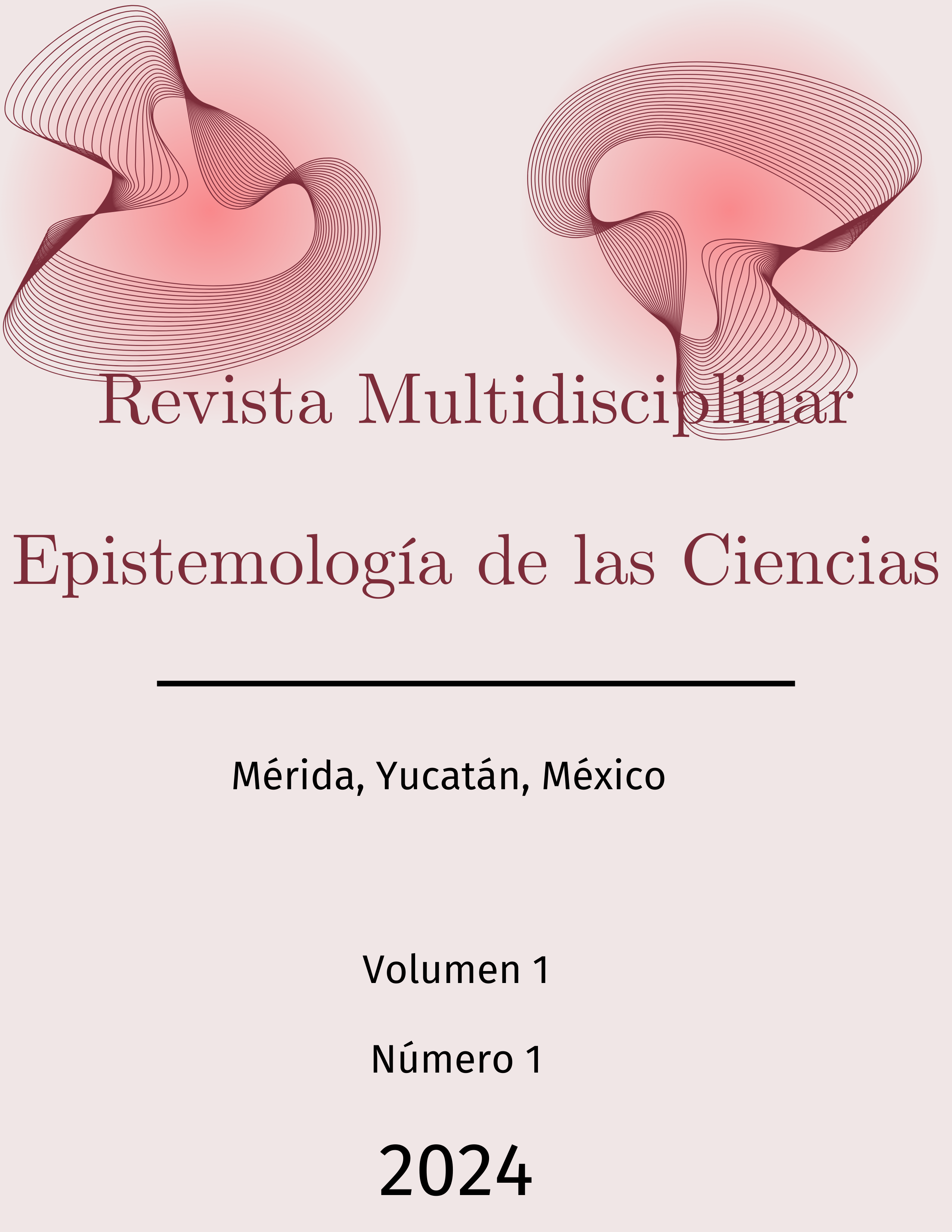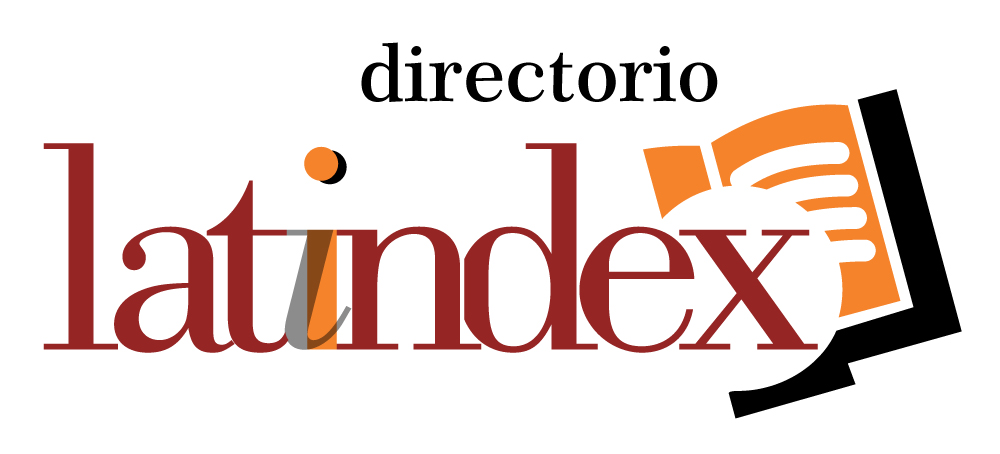How does ethanol affect the behavior of different species of nematode worms?
DOI:
https://doi.org/10.71112/ckfpsz13Keywords:
C. elegans, Caenorhabditis, Etanol, Nematodes, Environmental stressorsAbstract
This study examined the impact of ethanol on nematode species from the Caenorhabditis genus, commonly found in ethanol-rich environments. Adult nematodes from different species were exposed to various ethanol concentrations, assessing their speed, body curvature, and egg production. Results showed that at higher ethanol concentrations, speed responses were similar across species. However, C. sp27 displayed lower speed at 100 mM but higher speed at greater concentrations. Regarding body curvature, C. angaria and C. sp27 maintained greater flexibility than C. elegans in the presence of ethanol. Egg production was significantly reduced in C. angaria at low ethanol concentrations, while C. elegans showed decreased egg-laying at 100 mM but increased production at 200 and 400 mM. This study highlights the variable responses of Caenorhabditis species to ethanol and suggests further research on its effects on development and the expression of the slo-1 gene. These findings contribute to understanding diverse responses to environmental stressors.
Keywords: C. elegans, Caenorhabditis, Etanol, Nematodes, Environmental stressors
Downloads
References
Alkema, M. J., Hunter-Ensor, M., Ringstad, N., & Horvitz, H. R. (2005). Tyramine functions independently of octopamine in the Caenorhabditis elegans nervous system. Neuron, 46(2), 247-260. DOI: https://doi.org/10.1016/j.neuron.2005.02.024
Anderson, J. M. (2014). Ethanol exposure disrupts the behavior of Caenorhabditis elegans. Undergraduate Journal of Science, 3(1), 10-13.
Avery, L., & Horvitz, H. R. (1990). Effects of starvation and neuroactive drugs on feeding in Caenorhabditis elegans. Journal of Experimental Zoology, 253(3), 263-270. DOI: https://doi.org/10.1002/jez.1402530305
Dixon, R. A., et al. (2020). Comparative analysis of ethanol sensitivity across Caenorhabditis species. Ethanol Research, 45(2), 203-218.
Félix, M. A. (2004). Alternative morphs and plasticity of vulval development in a rhabditid nematode species. Developmental Biology, 265(2), 55-76. DOI: https://doi.org/10.1007/s00427-003-0376-y
Hodgkin, J., Horvitz, H. R., & Brenner, S. (1979). Nondisjunction mutants of the nematode Caenorhabditis elegans. Genetics, 91(1), 67-94. DOI: https://doi.org/10.1093/genetics/91.1.67
Houthoofd, K., Braeckman, B. P., Lenaerts, I., Brys, K., De Vreese, A., & Van Eygen, S. (2002). No reduction of metabolic rate in food-deprived Caenorhabditis elegans. Experimental Gerontology, 37(12), 1359-1369. DOI: https://doi.org/10.1016/S0531-5565(02)00172-9
Horvitz, H. R., Chalfie, M., Trent, C., Sulston, J. E., & Evans, P. D. (1982). Serotonin and octopamine in the nematode Caenorhabditis elegans. Science, 216(4549), 1012-1014. DOI: https://doi.org/10.1126/science.6805073
Kaletta, T., & Hengartner, M. O. (2006). Finding function in novel targets: C. elegans as a model organism. Nature Reviews Drug Discovery, 5(5), 387-399. DOI: https://doi.org/10.1038/nrd2031
Raizen, D. M., Lee, R. Y., & Avery, L. (1995). Interacting genes required for pharyngeal excitation by motor neuron MC in Caenorhabditis elegans. Genetics, 141(4), 1365-1382. DOI: https://doi.org/10.1093/genetics/141.4.1365
Schafer, W. R. (2005). Deciphering the neural and molecular mechanisms of C. elegans behavior. Current Biology, 15(17), R723-R729. DOI: https://doi.org/10.1016/j.cub.2005.08.020
Smith, K. L., et al. (2018). Functional conservation and divergence of slo-1, a calcium-activated potassium channel in Caenorhabditis nematodes. The Journal of Biological Chemistry, 293(34), 13376-13385.
Ward, S. (1973). Chemotaxis by the nematode Caenorhabditis elegans: Identification of attractants and analysis of the response by use of mutants. Proceedings of the National Academy of Sciences, 70(3), 817-821. DOI: https://doi.org/10.1073/pnas.70.3.817
Zhang, Y., & Lu, H. (2014). Signaling to migration in neutrophils: importance of localized pathways. International Journal of Cell Biology, 2014, 1-10.
Downloads
Published
Issue
Section
License
Copyright (c) 2024 Multidisciplinary Journal Epistemology of the Sciences

This work is licensed under a Creative Commons Attribution 4.0 International License.











